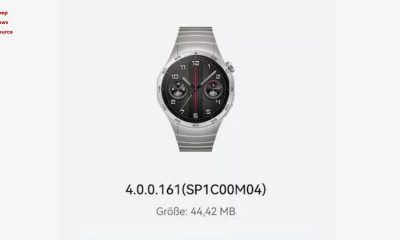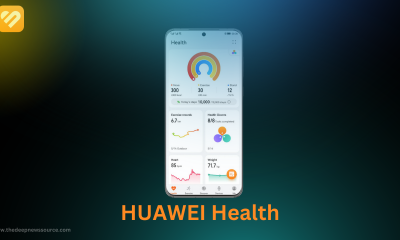News
Xiaomi Mi 11 Ultra equipped with IP68 Dustproof And Waterproof
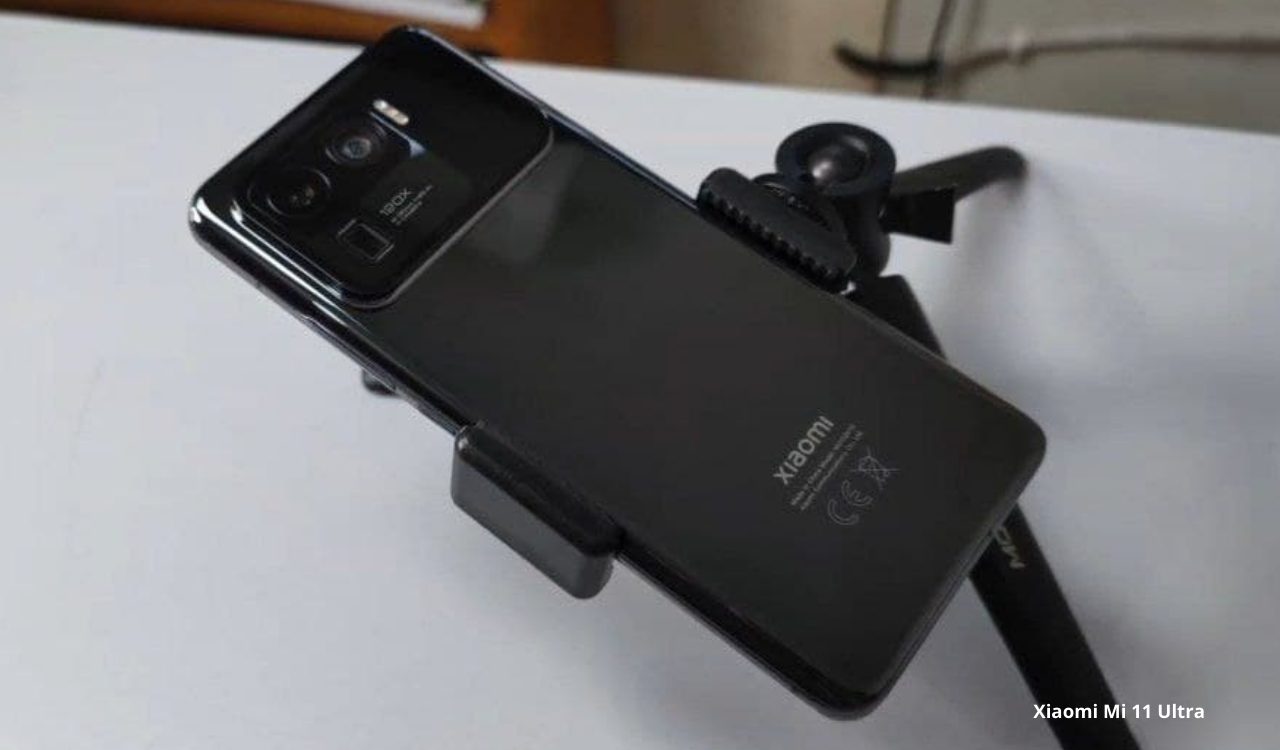
As we, know that the Chinese tech giant Xiaomi is ready to launch its so many gadgets and smartphone on March 29, 2021. Also, the company CEO Lei Jun has announced that the company will launch one more product which is a high-permeability pressure relief valve.
So get ready Xiaomi has held the spring new product launch conference on March 29 and prepared to launch new products. According to previous information, the company will launch the new smartphone of the Mi 11 series which are Xiaomi Mi 11 Pro, Mi 11 Pro Plus and Mi 11 Pro Ultra.
Now, let’s talk about the Mi 11 Ultra smartphone, the smartphone will launch with the IP68 professional dustproof and waterproof. In the past, the company has not applied this technology in any Xiaomi smartphone and now the Mi 11 Ultra has become the first smartphone that will come with this technology.
Also, the company is organized the waterproof challenge at the press conference tomorrow at the launch event. Moreover, the company has provided all guidelines for this waterproof technology.
Xiaomi has officially not declared any information about the smartphone protection but the news has clearly reported the smartphone will come with IP68 dustproof and waterproof and it will revel by the company tomorrow.
The Xiaomi Mi Ultra smartphone will be powered by Snapdragon 888 processor and comes with 12GB of memory. Also, the past news said this is the first smartphone that will feature the Samsung ISOCELL GN2 CMOS, with a 1/1.12″ inch ultra-outsole.

Xiaomi Mi 11 Ultra will be launch with lot’s of new features Check the below:
- The first super-fast-charging silicon-oxygen anode battery. It can make smartphone batteries thinner and faster. On the other hand, Xiaomi took the lead in applying the battery technology of new energy vehicles to smartphones. The company also added nano-scale silicon materials through the negative electrode, bringing 10 times the theoretical gram capacity of graphite.
- The first full phase changes heat dissipation technology. This technology uses a new phase-changeable organic hydrocarbon (tīng) material, solid-liquefies after heat absorption. Further, the thermal conductivity can be improved by 100%. It can also achieve one-time heat dissipation, solid-liquid-gas three-state change.
- The company used “the battle of the turning point” phrase to describe the imaging system of the Xiaomi Mi 11 Ultra. Xiaomi also used “revisit the dark night boundary” to imply that the new machine should have a very good night imaging effect.
IF YOU LIKED OUR ARTICLE, YOU CAN FOLLOW US ON OUR GOOGLE NEWS AND TELEGRAM CHANNEL ALSO YOU CAN JOIN OUR DISCUSSION GROUP ON TELEGRAM.
News
Samsung Expands DIY Repair Program to Include Galaxy S23, Z Fold 5, Flip 5, and More
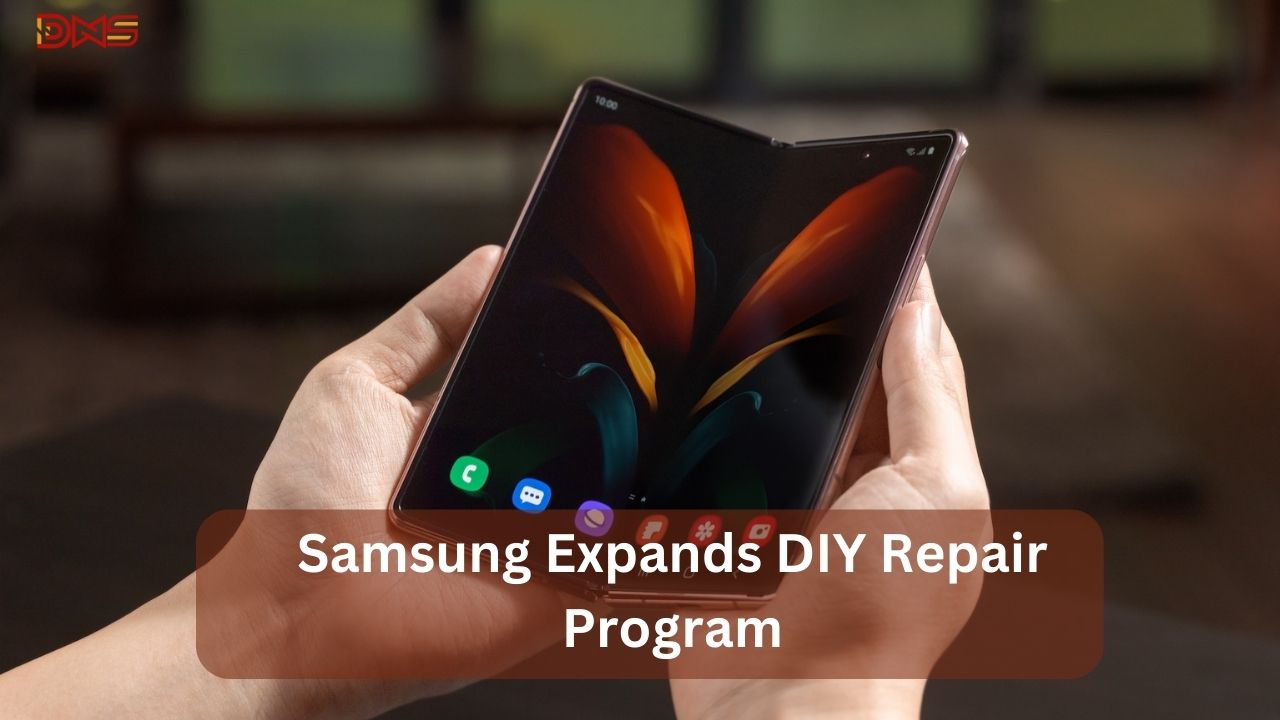
Samsung is making it easier for users to fix their devices by expanding its DIY repair program. In a recent announcement, Samsung shared that over a dozen new devices will be included in the Self-Repair program. Among them are the Galaxy Z Fold 5 and Galaxy Z Flip 5, marking the introduction of DIY repair options for Samsung’s foldable phones.
The Self-Repair program will provide users with access to parts and guides for fixing their devices at home. Samsung [Samsung Newsroom Post] is taking a step towards empowering users to take control of their device maintenance, offering support for popular devices like the Galaxy Z Fold 5 and Galaxy Z Flip 5 in this latest expansion.
Until now, Samsung mainly provided DIY repair options for its regular smartphones, tablets, and laptops. However, when it came to the more intricate foldable models like the Galaxy Fold and Flip, the company limited users to professional repair services due to the complexity of these devices.
Now, in a noteworthy move, Samsung is expanding its DIY repair support to include its foldable models, starting with the Galaxy Z Fold 5 and Galaxy Z Flip 5. This means users will soon have the option to tackle repairs at home, marking a shift in Samsung’s approach to empower users in maintaining and fixing their foldable devices.
This development follows Google’s recent introduction of DIY repair options for its Pixel Fold, though it’s worth noting that repair parts for the Pixel Fold can be relatively expensive, such as the inner screen alone costing $900. As Samsung joins the DIY repair trend for foldables, it’ll be interesting to see how this impacts the accessibility and affordability of maintaining these innovative devices.
The full list of new Self-Repair options for Galaxy devices includes:
- Galaxy Z Fold 5
- Galaxy Z Flip 5
- Galaxy S23
- Galaxy S23+
- Galaxy S23 Ultra
- Galaxy S23 FE
- Galaxy A05s
- Galaxy Tab S9
- Galaxy Tab S9+
- Galaxy Tab S9 Ultra
- Galaxy Tab S9 FE
- Galaxy Tab S9+ FE
- Galaxy Tab A9
- Galaxy Tab A9+
- Galaxy Book 2 Pro (15-inch)
- Galaxy Book 2 Pro 360 (15-inch)
Samsung is making its Self-Repair program available to more people around the world. The program is spreading to South Korea and over 30 European countries, including places like Denmark, Greece, Hungary, and Portugal. However, it’s important to note that, as of now, these new devices are not yet supported in the United States, and parts are not available from Samsung’s retail partner, iFixit.
via:- 9to5google/samsungnewsroom/ifixit
Huawei
Huawei Quick App Center gets the latest version 13.5.1.201 [APK]
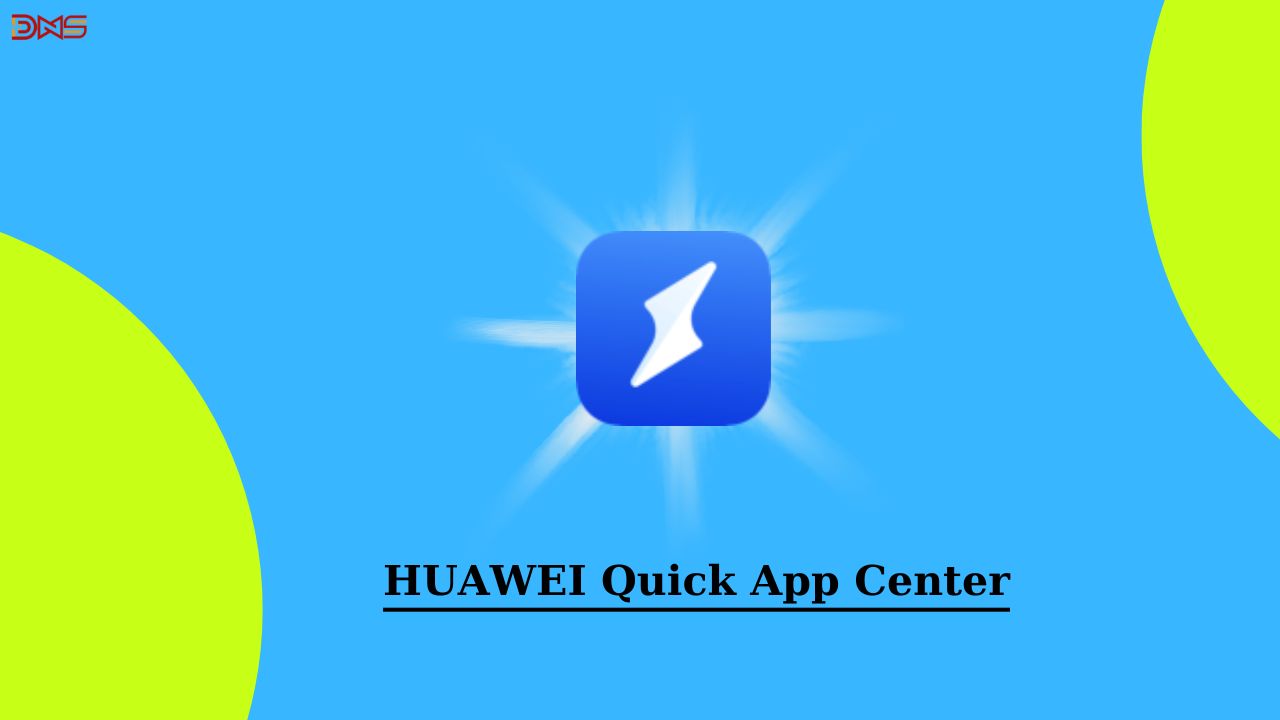
Huawei has recently revamped its pre-installed applications, including Huawei Health, Huawei Assistant, and AppGallery. The latest update introduces the Huawei Quick App Center, marking a significant change. This update reflects Huawei’s commitment to enhancing user experience and providing streamlined access to applications.
The latest update for the Quick App Center app comes with version number 13.5.1.201 and the installation size is 74.01 MB. With this new update, the company has fixed some known issue bugs. For a better app experience, you should install this latest build on your Huawei devices, below you can check the download link.
SOFTWARE INFORMATION:-Application name:
Update Version:
Update Size:
|
DOWNLOAD LINK:-
| Huawei Quick App Center V13.5.1.201 APK |
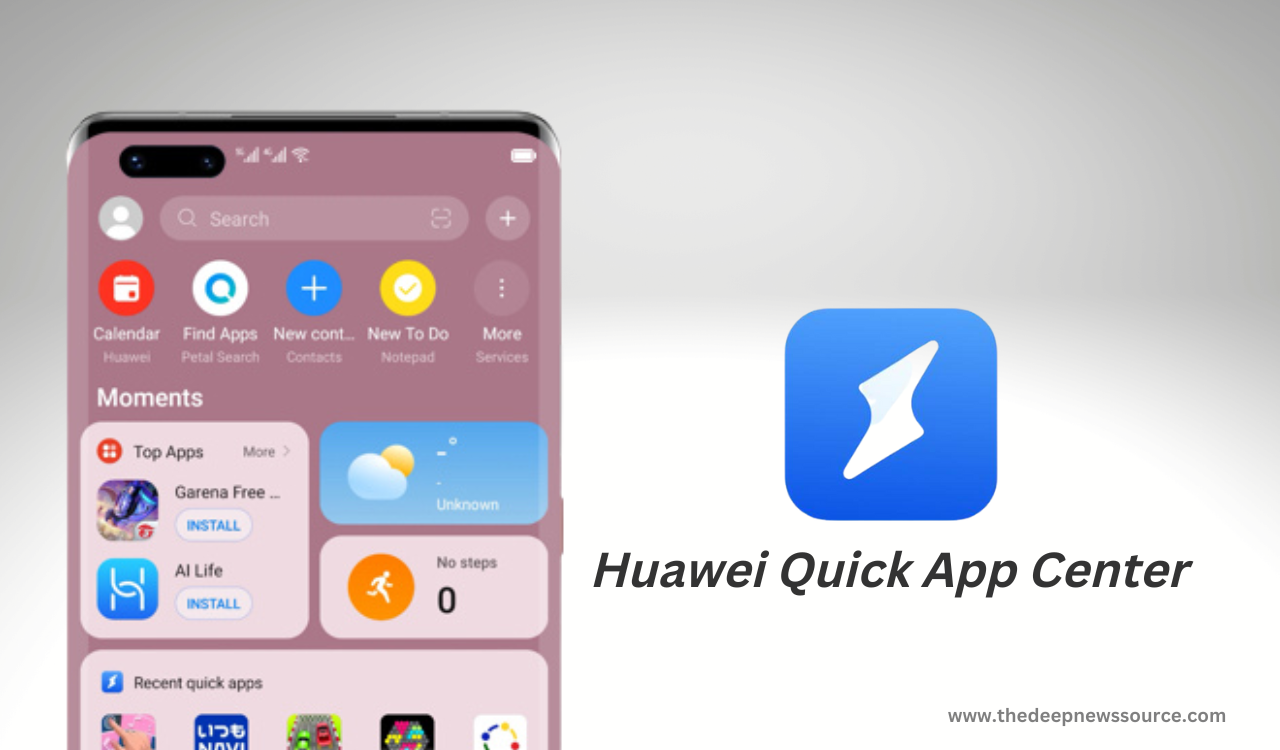
HUAWEI QUICK APP CENTER:-
As per the official introduction, the Huawei Quick app Center allows users to use and manage apps without installation. Also, this application provides the feature to create the app shortcut on your device’s Home Screen. The best part of the Quick app is that it takes up very little space on your device and it has been updated automatically to increase your work experience.
| Telegram | Google News | TwitterX |
Harmony OS
HarmonyOS NEXT Lands in 2024: Huawei CEO Sets Big Goals
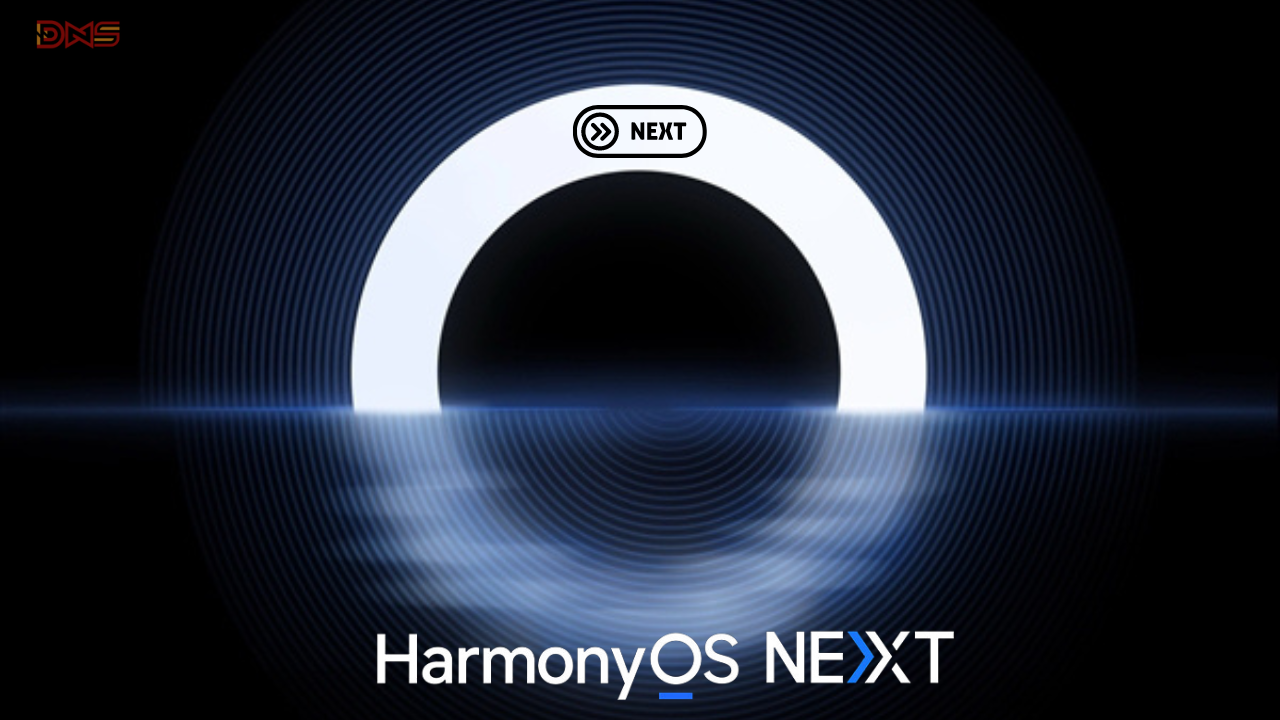
Huawei’s big boss just hinted at exciting new things for their software in 2024! Expect fresh products built on their latest HarmonyOS NEXT system.
During the Fan Club (Pollen) Annual Conference 2023, Yu Chengdong announced that Huawei plans to reveal several advanced products next year. He also predicted the launch of HarmonyOS NEXT products and improved native application experiences in 2024.
The CEO didn’t share when exactly the new software and native applications would be released, but we can anticipate the official reveal to happen in early 2024.
Huawei needs to make HarmonyOS fully independent and essential without relying on Android libraries soon. Hopefully, the company will speed up its efforts in the coming days.
Many app developers, such as Alipay, McDonald’s, HiPaint, Bank of Communications, and others, have joined native app development for HarmonyOS. The goal is to create a strong app ecosystem independent of Android and iOS.
Huawei is set to offer HarmonyOS-based courses, with approval for 55 projects and over 10 universities planning to launch these courses soon.
Huawei plans to introduce apps in more than 18 categories, focusing on digital and financial sectors. According to Yu Chengdong, these native HarmonyOS applications aim to be smoother, smarter, safer, and more comprehensive compared to iOS and Android.




